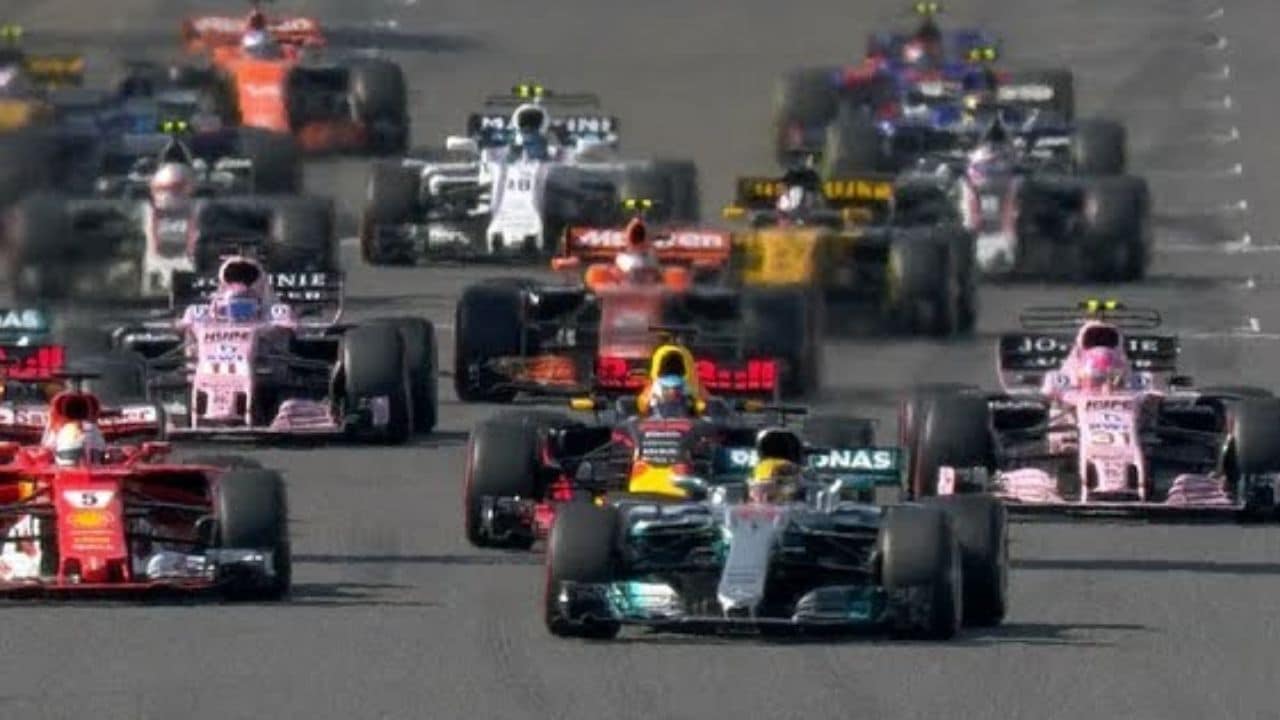Here is all you need to know about the meaning of Blue Flag in F1 and the rules explained
Formula One (F1) drivers are subject to several rules, which include watching out for caution or direction flags (the most significant of which are the Blue Flag, Yellow Flag, and Red Flag).
Throughout a Formula One race, these flags are waved to deliver a variety of messages to the drivers.
Explained what is the blue flag in F1 (Formula One), rules, meaning and penalty
The blue flag is one of the flags that is regularly used to signal important information to drivers during an F1 race.
Here is the explanation for the Blue Flag, one of the race flags used in Formula One, and the information it conveys to the drivers.
When is a Blue Flag shown and what does it mean?
The blue flag might be a single blue flag, two blue flags, or two vertical blue stripes.
A conventional blue flag indicates that another vehicle is about to pass and that the current vehicle must yield within one lap. This is described as a key element of Formula 1 racing.
When a blue flag appears, the leading driver must yield within one lap. A number will be written on each blue flag. While you are passing another car, a blue sign will appear.
The driver in front must yield to you for you to unlap yourself from them. The blue flag must not be flying for you to unlap yourself, if it is, you must obey it until it is appearing.
Various messages displayed/indicated by Blue Flags
Blue flags are not simply limited to the flags that stewards actually wave; blue screens positioned around the sections can alert drivers when a leading car behind them is likely to pass them.
Drivers are also outfitted with blue indicators and flashing blue lights on the steering wheels in their cockpits.
As soon as the slower car is three seconds off the quicker, leading car, which is getting set to pass the backtracker, it will receive a warning.
This is only a warning for teams to let their drivers know that whenever two cars are within 1.2 seconds of one another, they must make a place for the faster car to pass them.
At this point, the slower car must quickly make room for the faster car.
This might not always be possible due to the traffic and backmarker competition that regularly stops the faster cars from overtaking.
What if one ignores the Blue Flag?
Drivers must let faster cars pass them within three blue flags to avoid receiving a fine. As early as possible, backmarkers should allow leading vehicles to pass them so that after the blue flags cease waving, they can try to pass them.
It is proven when a faster car is blocking a slower one, potentially costing the faster car vital lap times. This is valid for both practice and qualifying.
The blue flag is one of the most important indicators in Formula 1.
Avoid unlapping oneself from the lead vehicle or any other car since this will signal that you are about to be passed by them. The driver has one lap to enable passage after spotting the blue flag.



